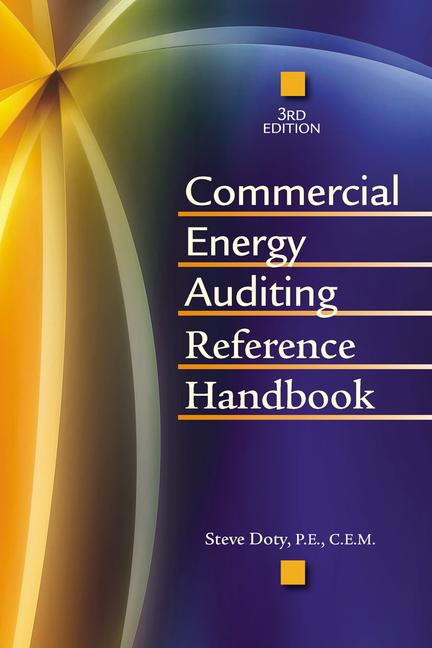Power delivery rates encompass the costs of transmission, distribution, metering, special programs (e.g., conservation, low-income subsidies), and - in deregulated areas - competitive transition charges that pay off costs related to utility deregulation. Everybody pays a utility for power delivery, but not everybody pays the same rate for power delivery.
The Gospel, According To The PUC
Delivery rates are a market basket of charges, all of which are the result of layers of regulatory horse trading among various factions involved in rate proceedings. As a result, such rates often reflect inconsistent conditions and unrelated needs embedded in tariffs left unchanged for decades.Sometimes political clout is exercised with Public Utility Commissions (PUC) to get a special rate for a particular group (e.g., religious institutions) that provides a narrowly framed discount unavailable to most other customers. Some consultants thrive on finding such opportunities via rate analyses and creatively broad interpretations of regulations. Many customers receiving such special discounts fail, however, to keep an eye on how other delivery rates are changing, and may not realize that their special discount is no longer so special.
In one case, a large religious institution had been receiving the religious delivery rate, designed mainly for churches that consume more power during weekend services than during the usual workday week. While perhaps appropriate at one time, the growing facility gradually added to its load a parochial school, offices, and other facilities that consumed power more like commercial customers.
At the same time, the rate structures changed, with rates dropping for some customers and rising for others. The advent of deregulation also moved some power delivery costs into the commodity portion of the utility tariff. When the institution began buying its power from competitive providers, those costs were no longer being charged in the bill the institution received from the utility. Over the years, the institution opened additional electric accounts for some of its facilities, still requesting (and getting) the religious discount. As the commodity portion of electric bills rose, the institution wisely initiated energy efficiency and conservation programs, further altering its load profiles.
A Rate Reformation
During a study of the institution’s energy costs, its rates and load profiles were analyzed to find ways to economize. While it still made sense to keep some buildings on the religious rate, the cost of power delivery for others was found to be lower under a standard commercial electric rate.A closer look found a distinct relationship between load factor (i.e., average demand divided by peak demand) and the differential between the two electric delivery rates. As load factor improved, the cost difference increased. In essence, the religious rate had been designed to subsidize facilities with relatively poor load factors. As the institution improved its load factor through various efforts, some of its buildings were now paying an unnecessarily higher power delivery rate.
In other cases, some new accounts with poor load factors had been established under the standard commercial delivery rate even though they could be eligible for the religious rate. It is not uncommon for real estate personnel involved with getting a new facility up and running to lack a full comprehension of the cost impacts of choosing one rate over another, or the rules that define when a special discount may apply. On the other hand, utilities are only required to apply an appropriate rate, not necessarily the lowest available rate. Since the facility had, in some cases, requested the religious rate (or not requested it in others), no utility error was involved, and the utility was under no requirement to refund past cost differences.



